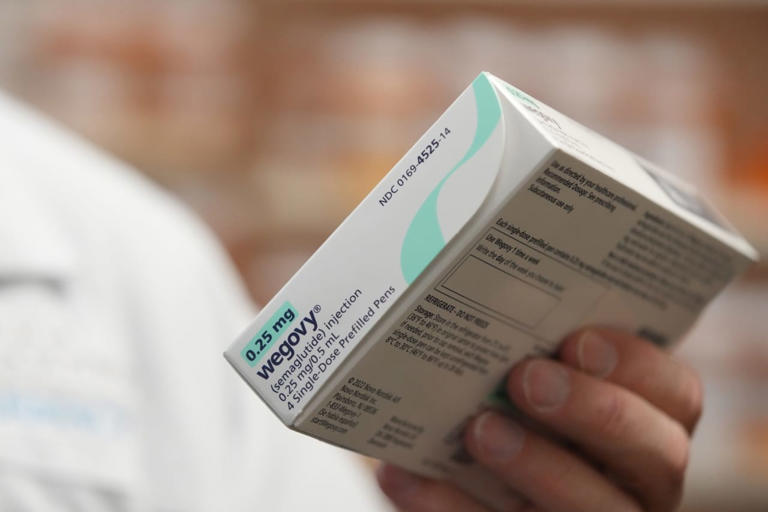To understand how much a drugmaker would actually need to charge to make a profit from Ozempic and Wegovy, it’s essential to consider their current list prices and the potential costs associated with manufacturing and distributing the drugs.
Novo Nordisk’s U.S. list price for Ozempic is $11,600 a year, while Wegovy is priced at just over $16,100 a year. However, a paper published in the journal JAMA Network Open argues that a company could produce and sell the drug for less than $60 a year and still turn a profit. This paper, funded by Médecins Sans Frontières Access Campaign, underscores the substantial disparity between the theoretical cost-based price and the actual list prices set by drugmakers in the U.S.
While the paper’s calculations may not fully account for all the costs associated with drug production, the significant gap between the academic price estimate and Novo Nordisk’s list prices for Ozempic and Wegovy has raised concerns among healthcare policy experts. There have been warnings that the high prices of these weight-loss medicines could strain the healthcare system.
Sen. Bernie Sanders of Vermont has called on Novo Nordisk to reduce its list prices for Ozempic and Wegovy, highlighting the discrepancy between the drug’s production cost and its market price. Novo Nordisk responded by stating that it offers assistance programs to help patients with commercial insurance cover their copay charges. Despite these efforts, affordability challenges remain a concern.
As reported by Barron’s, the high list prices of drugs like Wegovy and its counterparts could exert significant financial pressure on the healthcare system, particularly given the prevalence of obesity among U.S. adults. This underscores the need for a comprehensive approach to address the affordability of prescription medications and ensure access to essential treatments for patients.
The recent decision by the Food and Drug Administration (FDA) to allow Wegovy to be prescribed for reducing the risk of heart attack and stroke, thus enabling Medicare coverage for some patients, has sparked heightened concern about healthcare spending. According to experts at the health policy group KFF, Medicare’s prescription drug benefit spent $4.6 billion on Ozempic in 2022, ranking it as the sixth-most expensive medicine covered by the program. Moreover, a Congressional Budget Office expert has warned that Medicare coverage of weight-loss drugs like Wegovy could increase the federal deficit over the next decade.
In response to these concerns, a paper published in JAMA Network Open estimated “cost-based prices” for various diabetes medicines, including injectable semaglutide products such as Ozempic and Wegovy. These price estimates aimed to incorporate the costs of pharmaceutical ingredients, injector filling costs, and a profit markup. The authors calculated two cost-based prices, one with a 10% profit margin and another with a more conservative 50% profit margin. Using their conservative formula, they estimated a cost-based price for injectable semaglutide at approximately $4.73 per month or $57 per year.
While acknowledging that their model did not specifically account for capital investments, among other factors, the authors highlighted the need for continuous evaluation of innovation and affordability to enhance access to their products. Novo Nordisk, when asked about the paper, emphasized that a significant portion of its gross earnings goes towards rebates and discounts. The company also highlighted its substantial investments in capital expenditures and acquisitions to meet the demand for GLP-1 drugs.
Drugmakers, in justifying their prices, have shifted focus from development costs to emphasizing the value their products offer to the healthcare system and patients. However, this approach may not always align with external evaluations of value. For instance, the Institute for Clinical and Economic Review suggested that Wegovy’s price would align with its clinical benefits to patients at a range of $7,500 to $9,800 per year after accounting for rebates. Additionally, drugmakers must navigate negotiations with pharmacy-benefit managers, who wield significant influence over drug pricing and demand substantial rebates, the details of which are often undisclosed.
